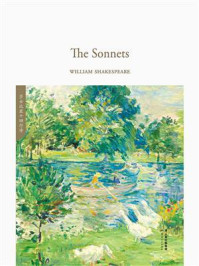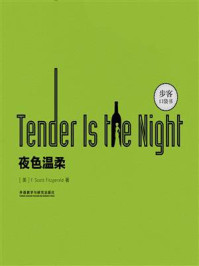




本文是一篇说明文,主要介绍了云南丽江古城的有关情况。
Built during the late Song Dynasty and the early Yuan Dynasty, the Old Town of Lijiang has no city walls. It rests on Lion Mountain in the west and borders on Elephant Mountain in the north. Surrounded by green hills, it looks like a jade ink slab (砚台), thus the name Dayan Town. The center of the town is the Sifang Street surrounded by five main streets (Xinhua, Wuyi, Qiyi, Xinyi, and Guangyi)leading in all directions. Among these main streets is a web of alleys and paths which run through the whole town.
The old town has made good use of water from the Black Dragon Pool. Indeed, the crystal clear water from the pool flows through the houses of the town in three major separate rivers (East, Middle and West Rivers)and many minor rivers. Thus, the town is uniquely characterized as “rivers winding through every house and willows weeping before every family”,a well-known scene of South China. Rivers and bridges can be seen everywhere in the town;so, the number of bridges within such a small area may rank first in China. Because of this, the town is called “Gaoyuan Gusu”.
The roads in the town are paved with mottled slabs, easy for walking and cleaning. The common dwellings (住处)are mostly two-storied wooden buildings designed as three houses and one screen wall, or as four houses and five courtyards, a combination of the excellent architectural styles of such nationalities as the Han, Bai, and Tibetan. The wooden framework joined with tenons and mortises (雌雄榫)as found in Naxi buildings is so special that a house does not fall even when its walls have collapsed. As a result, the old town has withstood earthquakes.
Mu’s Mansion (宅第)(the mansion of the magistrate Mu)in the town was rebuilt after the earthquake of 1996. The original mansion was praised by Xu Xiake, “The magnificence of the mansion can be compared to that of a prince’s residence.”Its majesty, grandness and spectacularity remind people of the cultural prosperity and the special power of chieftain Mu among other chieftains in Southwest China for the 470 years and 22 generations during the Ming and Qing dynasties.
Now, the Old Town of Lijiang has become a famous national historical and cultural city for its long history, rich cultural relics and historic sites, and brilliant ethnic cultures. In 1997, it was declared by the UNESCO as a cultural world heritage.
丽江古城没有城墙,建于宋末元初。它西枕狮子山,北依象山,四周青山萦绕,宛如一方碧玉大砚,故又名大研镇(“砚”与“研”相通)。四方街是古城的中心,四周以新华街、五一街、七一街、新义街、光义街五条主要街道为经络,小巷入网,通达全城。
古城充分利用了黑龙潭的水源,清澈的泉水分成东河、中河、西河和无数支流,绕街穿巷,流经千家万户。形成“家家溪水绕户转,户户垂柳赛江南”的独特古城风貌。小桥流水在城中无处不见,桥的密度堪称全国之最。因此,丽江古城被誉为“高原姑苏”。
街道路面用五花石铺砌,方便行走与清理。古城的民居多为两层木结构楼房,常见的布局形式为三坊一照壁,四合五天井。它们吸取了汉、白、藏等民族的建筑优点而形成。尤其是“穿斗”式的整体木架构,使其能“墙倒屋不塌”。因此古城虽地处地震多发带而始终未被湮没。
古城中的木氏土司府为1996年大地震后重建。当年徐霞客曾赞叹木府“宫宝之丽,拟于王者”。气势恢宏、巍然壮观的木府使人可以想见,历经明清两朝22世470年的木氏土司在西南诸土司中的特殊地位及丽江文化昌盛的往昔。
悠久的社会历史、丰富的文物古迹、灿烂的民族文化使丽江古城成为国家级历史文化名城,1997年被联合国教科文组织列为世界文化遗产。
surround vt. 包围,环绕
lead v. 通往,通向
uniquely adv. 独特地
The old town has made good use of water from the Black Dragon Pool.
古城充分利用了黑龙潭的水源。
Rivers and bridges can be seen everywhere in the town.
小桥流水在城中无处不见。


